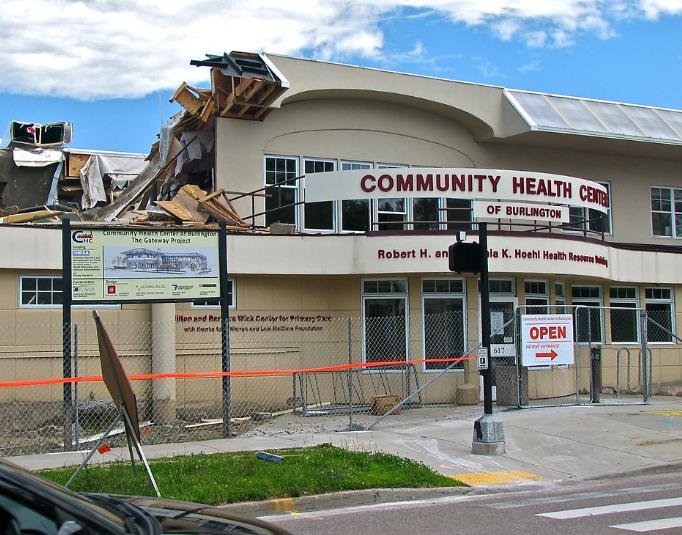Anyone who has encountered an emergency healthcare situation can attest that these experiences can be incredibly costly. While some incidents are unavoidable, a significant percentage of emergency room (ER) visits can be avoided with effective preventative care. The Agency for Healthcare Research and Quality (AHRQ) estimates that unnecessary emergency department visits cost between $4.4 billion and $32 billion annually.
The Growing Burden on Healthcare Systems
The increasing number of individuals relying on emergency services to treat preventable or non-emergency issues places an escalating burden on our healthcare system and taxpayers. The complexity of the medical care system in our country is widely acknowledged, and many agree that it is imperfect. Despite the absence of a silver bullet to improve healthcare outcomes, various organizations are dedicated to reducing overall healthcare costs, increasing access, and decreasing the strain placed on emergency departments.

Community Health Centers: A Vital Part of the Healthcare Safety Net
Enhancing Access to Preventative and Primary Care
Community Health Centers (CHCs), also known as Federally Qualified Healthcare Centers (FQHCs), are instrumental in increasing access to healthcare for all. These centers serve as a crucial component of the healthcare safety net, providing preventive and primary care to medically underserved low-income populations. Nationally, CHCs/FQHCs support more than 28 million people annually, addressing a significant gap in the healthcare system.
Longstanding Commitment and Federal Support
Established over 50 years ago, these centers have a long history of serving vulnerable communities. They are eligible for federal funding by adhering to strict standards and regulations, ensuring that they meet the needs of their communities effectively. Key criteria for federal funding include:
- Inclusivity: Serving patients regardless of their ability to pay.
- Sliding Scale Payments: Implementing a sliding scale pay structure to accommodate patients from various income levels.
- Comprehensive Services: Offering a wide range of services, including preventive care, chronic disease management, and health education.
The Impact of Preventative Care on Healthcare Costs
Reducing Unnecessary ER Visits
By providing accessible primary and preventative care, CHCs/FQHCs play a pivotal role in reducing unnecessary ER visits. Preventative measures, such as regular check-ups, vaccinations, and health education, can help identify and manage health issues before they escalate into emergencies. This not only alleviates the pressure on emergency departments but also leads to significant cost savings for the healthcare system.
Improving Health Outcomes for Underserved Populations
CHCs/FQHCs are strategically located in areas with limited healthcare access, ensuring that underserved populations receive the care they need. By focusing on preventive care and early intervention, these centers contribute to improved health outcomes and a healthier population overall.
Challenges and Opportunities
Addressing Chronic Underfunding
Despite their critical role, CHCs/FQHCs often face challenges related to chronic underfunding and resource limitations. Ensuring sustainable funding is essential to maintain and expand their services, enabling them to continue providing high-quality care to those in need.
Leveraging Technology for Better Care
Integrating technology, such as electronic health records (EHRs) and telemedicine, can enhance the efficiency and effectiveness of CHCs/FQHCs. These advancements allow for better coordination of care, improved patient tracking, and increased accessibility for patients in remote or underserved areas.
Conclusion: Strengthening the Healthcare Safety Net
Community Health Centers and Federally Qualified Healthcare Centers are indispensable in the quest to provide healthcare access for all. By focusing on preventive and primary care, these centers not only reduce unnecessary ER visits but also contribute to overall healthcare cost savings and improved health outcomes for underserved populations. Strengthening support for CHCs/FQHCs through adequate funding, technological integration, and policy enhancements is crucial for building a more equitable and efficient healthcare system.
















